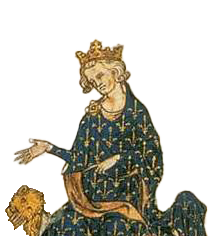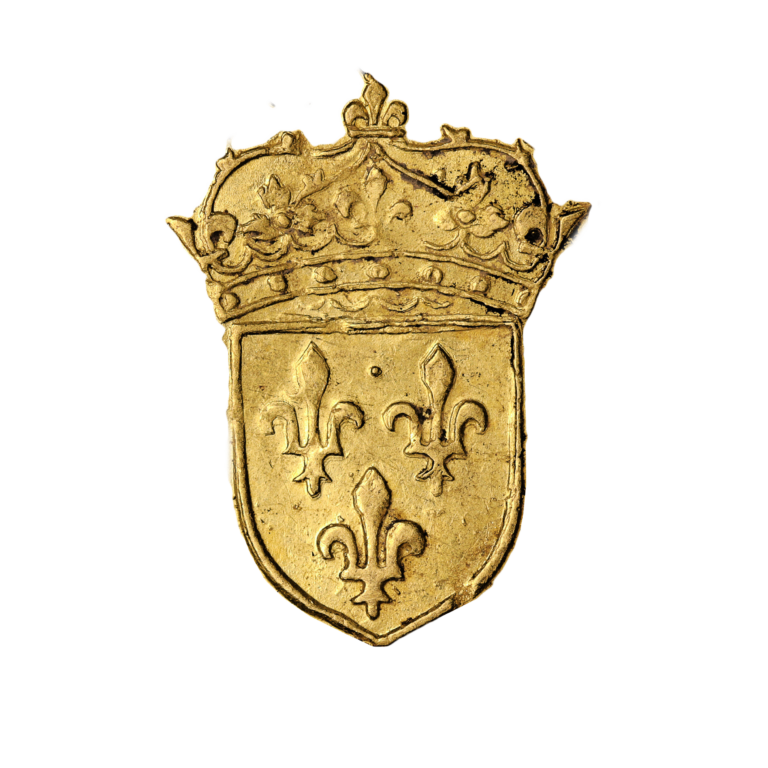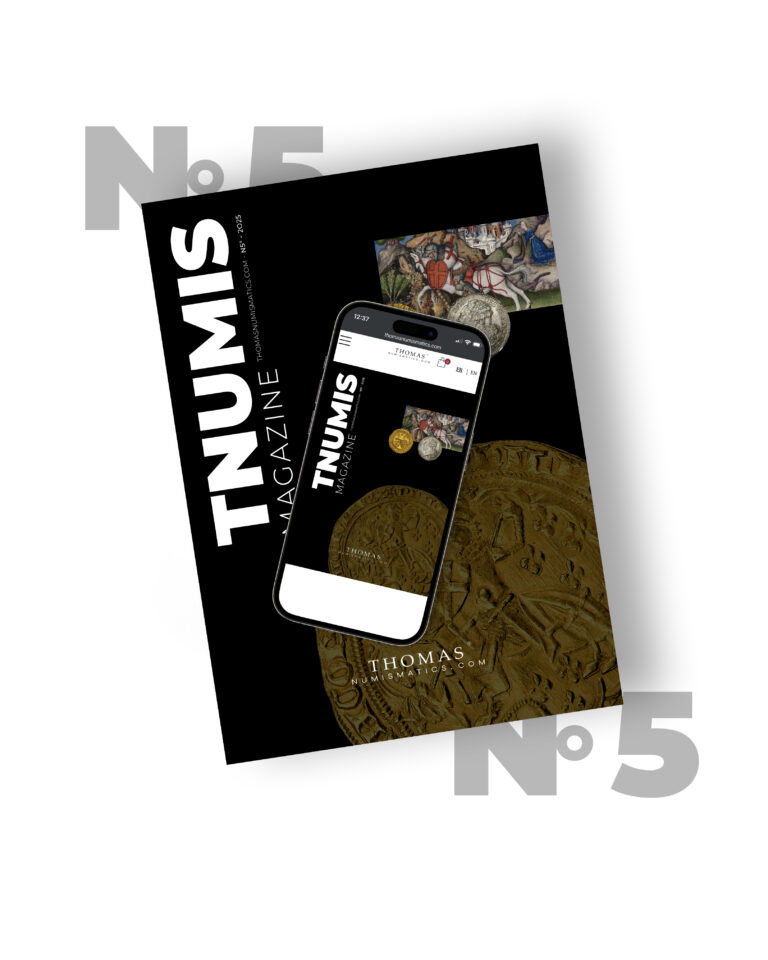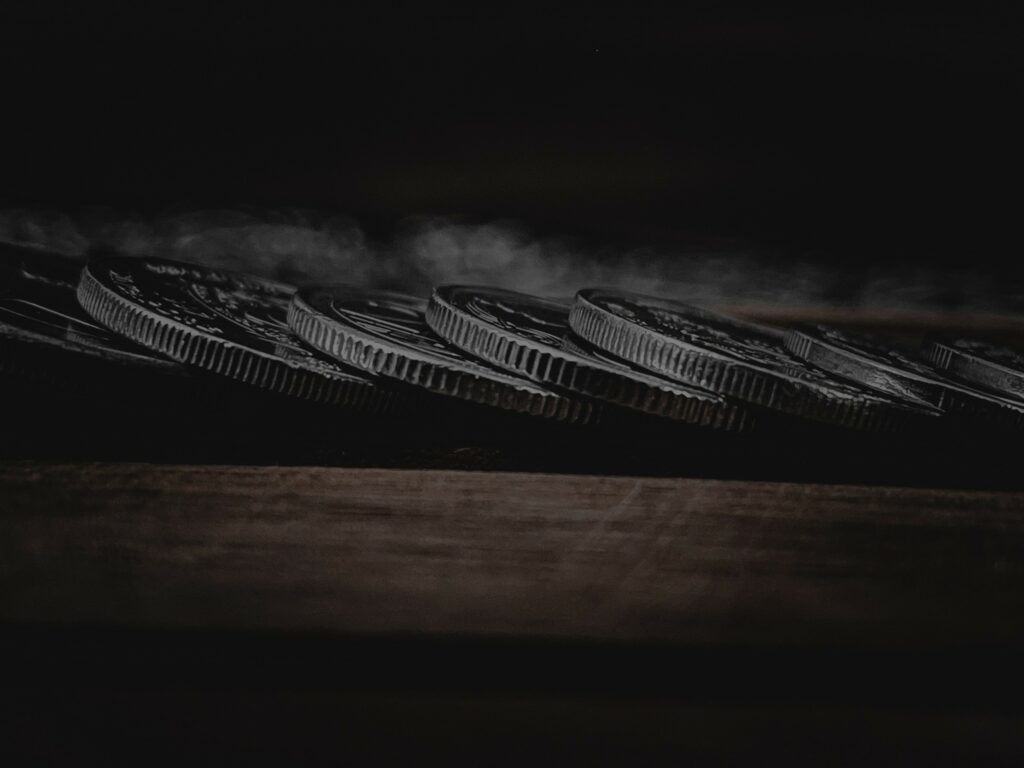
Discover all the news and articles from TNUMIS Magazine exclusively
The Ducat: the jewel of European coins
The Ducat is a gold coin born in Italy which circulated widely in Europe in the Middle Ages, from the 12th century. Its production reached its peak in the 17th and 18th centuries and its use continued in the Austro-Hungarian Empire until the 20th century. With its 800 years of existence, and a mintage of 986.00‰ gold, the Ducat was for a long time the jewel of European coins.
The Italian Ducat
Its Latin etymology, ducalis, means that the coin is in the effigy of a duke. The first “duchy coin” was minted in southern Italy. It was in 1140 and King Roger II of Sicily, Duke of Apulia, ordered the creation of a silver coin. On the top, the figure of Christ is engraved, accompanied by the inscription, “Sit tibi, Christe, datus, quem tu regis iste ducatus” which means “Oh Christ, let this duchy, which you order, be your devoted”.
In the following century, the word “ducat” was used for silver coins, but also for gold coins and there were many different ducats.
The Venetian gold ducat was probably the most famous, thanks to the commercial and maritime power of the city republic. Minted in Venice from 1284 onwards, the Ducat competed with the florin, the reference currency of Florence, minted since 1252, which until then had dominated financial exchanges in Europe. It weighed 3,545 grams and was 98.6% fine gold, a very high purity for the time.
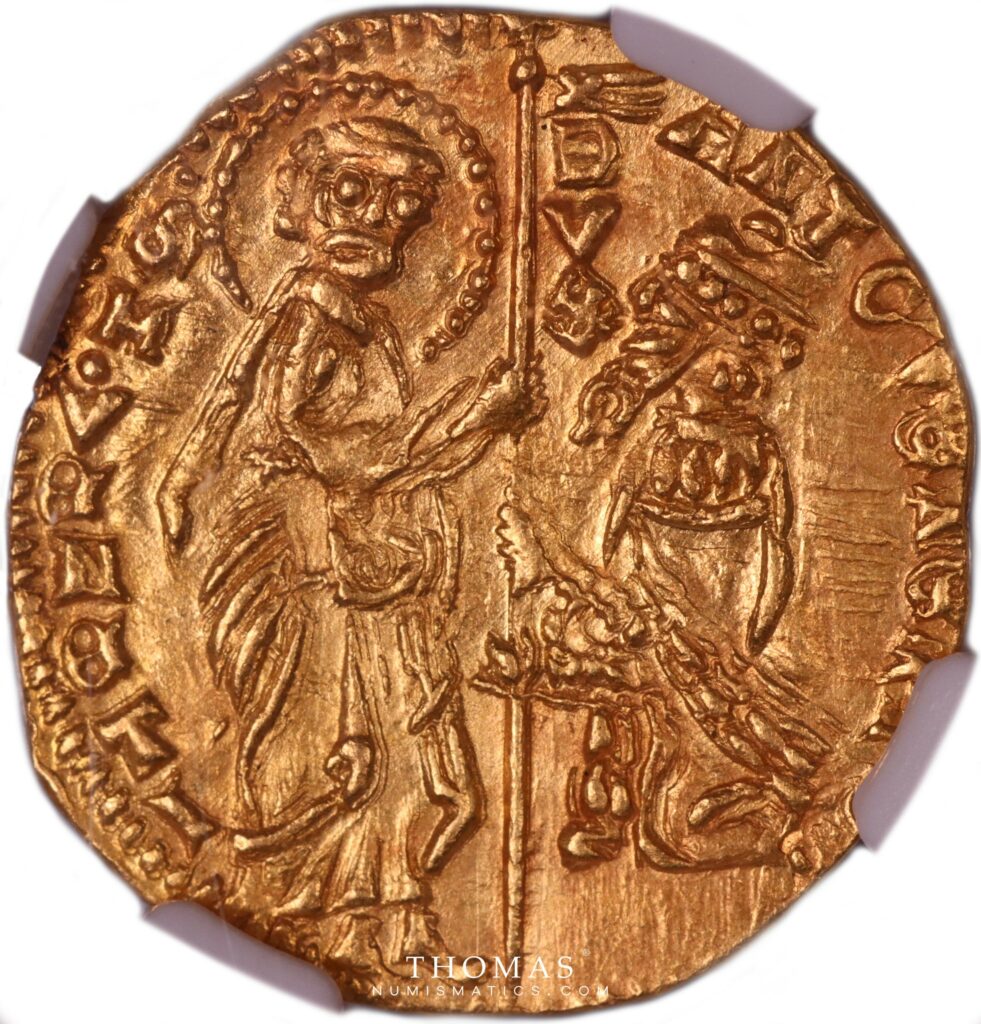
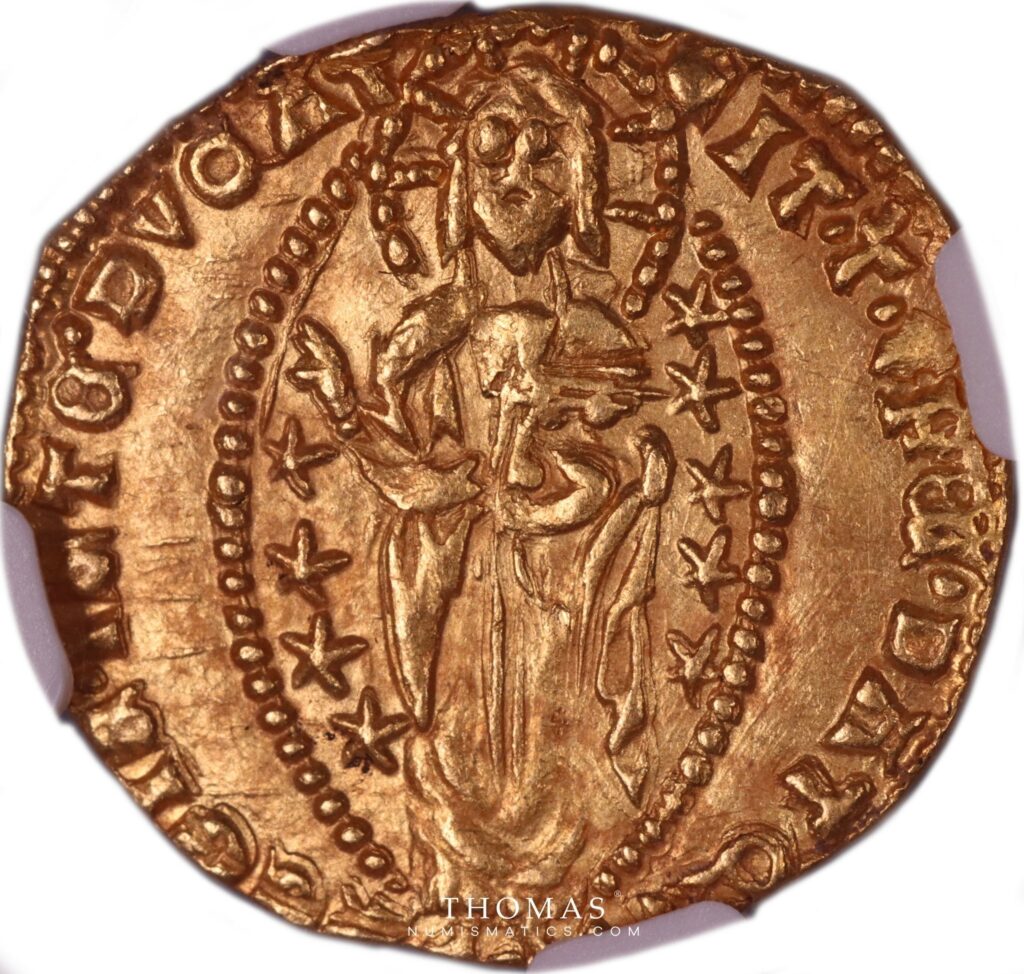
If the Ducat is also renowned in numismatics, it is because it was then extremely diffused and copied. Its diffusion was first limited to the area of influence of Venice. Then, at the beginning of the 16th century, the ducat was the currency of exchange par excellence throughout Europe. Many Western coins imitated the design and weight standards of the original ducat of 1284. As for Venice, it minted ducats until Napoleon put an end to the Republic in 1797. The ducat was supplanted in the 19th century by the pound sterling, and in the 20th century by the American dollar.
The Ducat throughout Europe
In Austria
The monetary reform led by the Holy Roman Emperor Maximilian introduced the coinage of gold ducats in 1511. Vienna did not stop producing gold ducats until 1915. However, the 4 gold ducats coin bearing the effigy of Emperor Franz Joseph of Austria of 1915 was massively re-minted between 1920 and 1936. Even today, Austrian ducats can be minted by the Austrian Mint on request.
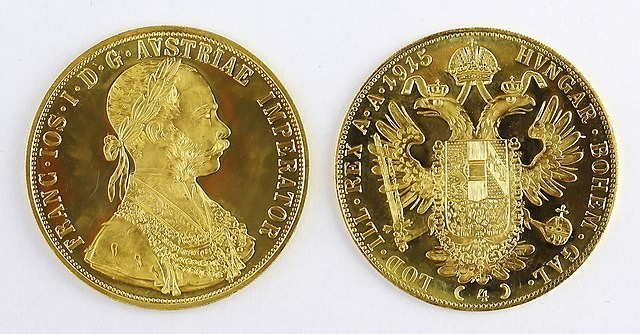
In Hungary
Ferdinand I introduced the ducat monetary system in Hungary in 1526. They were minted until 1915, even under Austrian rule.
In the Netherlands
The collapse of the government of Francis of Anjou in 1583 left the States General of the Northern Netherlands without constitutional rule or currency. Therefore, they decided to imitate the Ducat in 1586, and more specifically that of Hungary. When the Netherlands became a great international power, the Dutch ducats took on considerable importance.
Like the original Hungarian ducats, the reverse side consisted of a shield. On it was affixed the coat of arms of the issuing province. These were later replaced by a knight holding a sword and seven arrows symbolizing the seven united provinces.
The modern Netherlands continued to issue ducats until the 1930s.
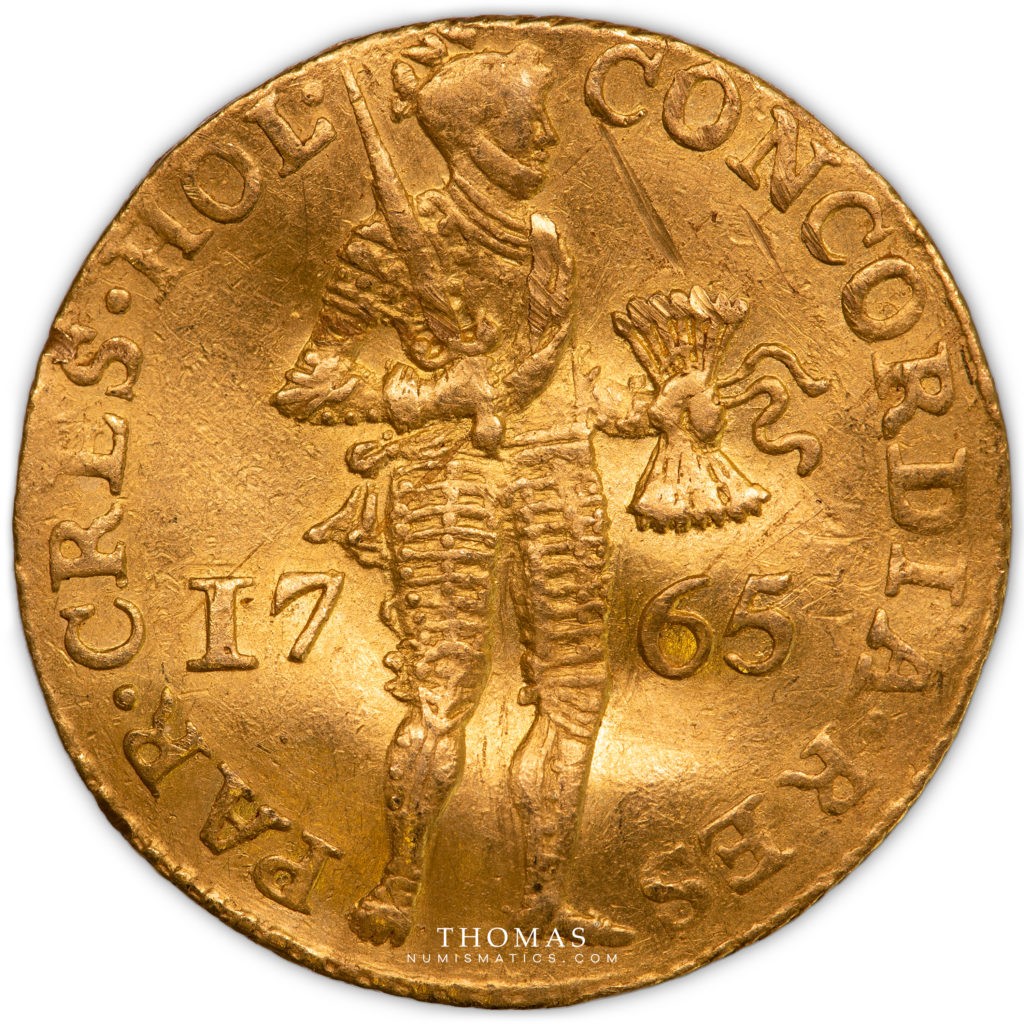
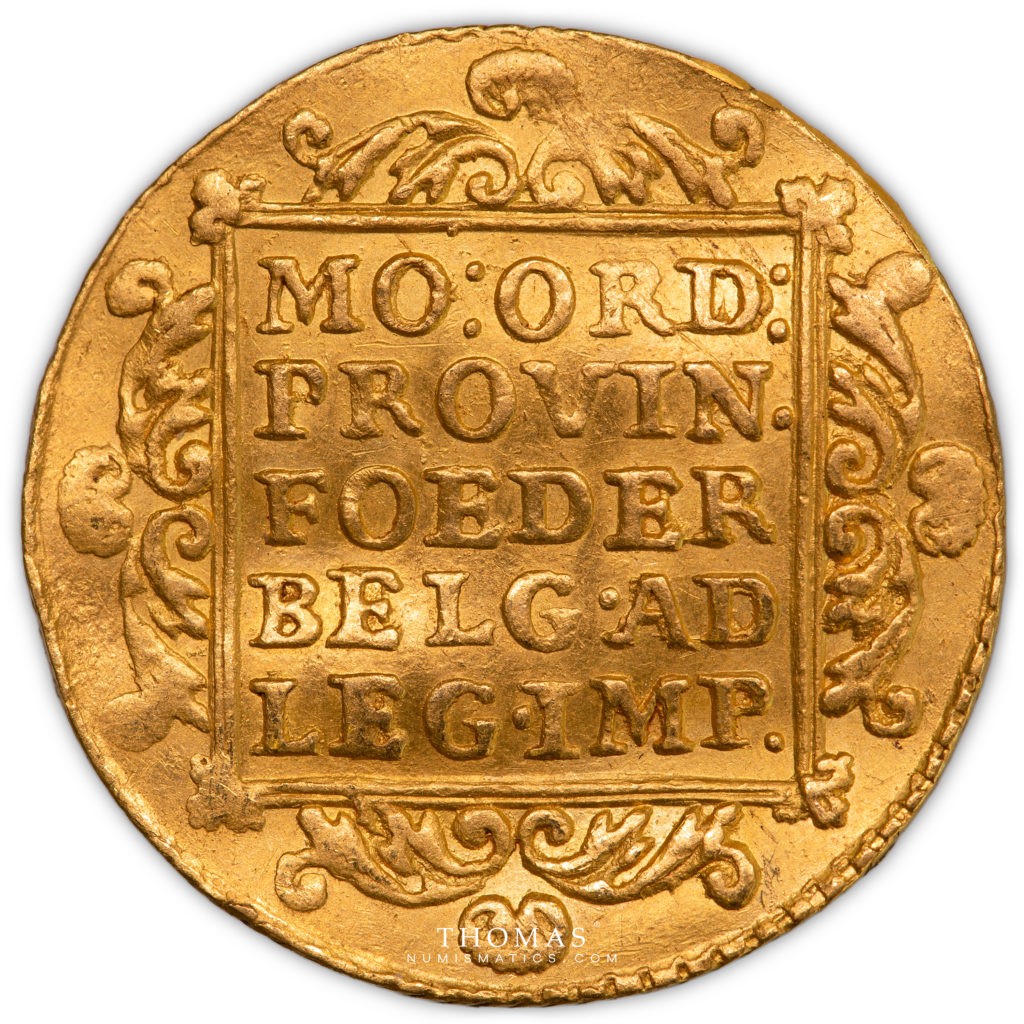
In Russia
Russia imitated the Dutch ducat from 1735. Although the Dutch government demanded a halt to this “counterfeiting” in 1849, this did not prevent Russia from continuing its production until 1868. All Russian ducats minted between 1849 and 1868 are dated 1849 and proven to be counterfeit, as the Netherlands did not mint any ducats between 1849 and 1872.
In Poland
Poland’s revolt against the Russian occupation in 1830 was quickly suppressed by the Russian Tsar Nicholas I. The Russians had to borrow from the Warsaw bank to cover the costs of the revolt. This famous Polish “revolt ducat” is very close to the Dutch gold ducat model. It is engraved with the Dutch knight on the obverse and a “royal” text on the reverse. The coin was named the “red zloty”, or red coin.
As you can see, gold ducats are diverse and renowned, thanks to their gold content and history. To invest and collect ducats, visit our store which regularly offers this coin for sale.
Sources :
Orobel
Wikipédia
Au coffre
Dictionnaire historique de la Suisse
La monnaie belge
Sacra Moneta
